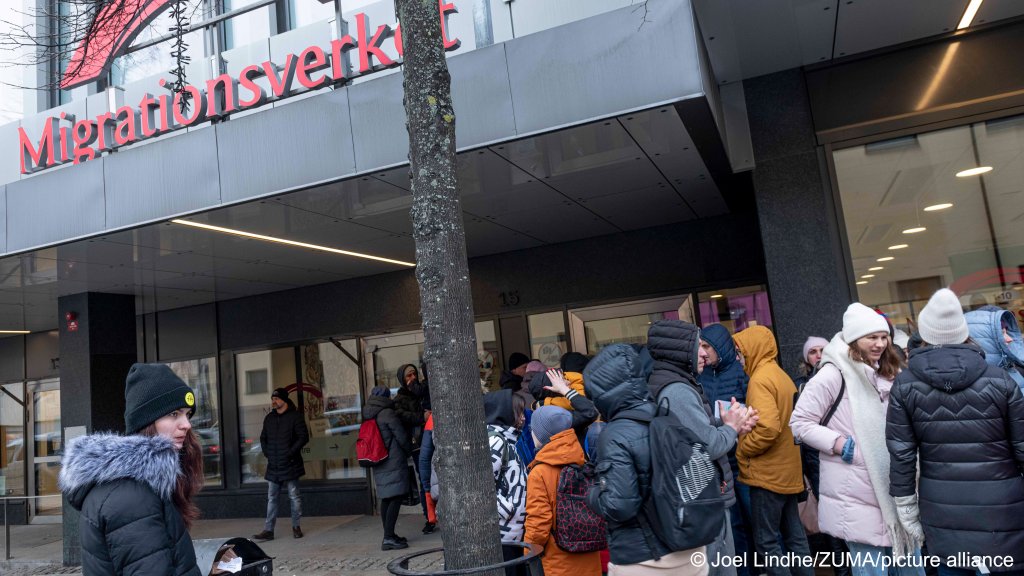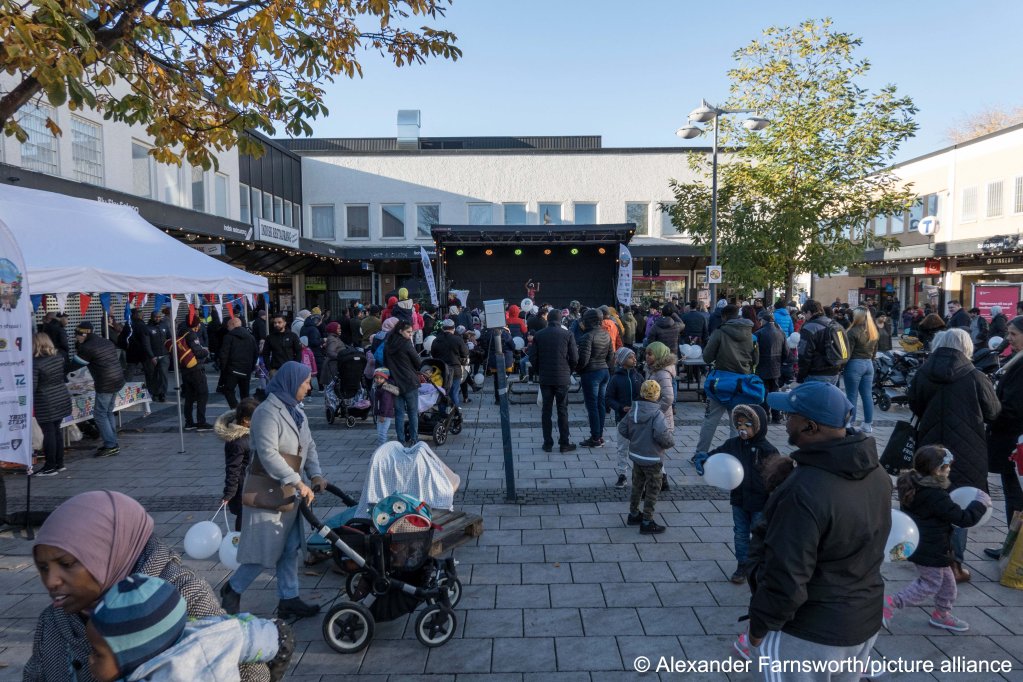The Swedish government announced plans to overhaul its citizenship requirements following an inquiry into "numerous questionable" citizenship decisions. The measures include extending the period of residency and increasing the gross monthly salary required.
The Swedish government announced a plan to tighten citizenship requirements in a bid to better manage migration to the country, the news website EuroWeekly reported on Thursday, March 20.
Some of the proposed measures reportedly include:
- extending residency requirements from five years to eight
- including new tests for Swedish language and knowledge of Swedish culture
- introducing a self-sufficiency requirement for citizenship applicants, including
- raising the previous government’s threshold of just SEK 6,186 plus (562 euros) housing costs and
- increasing the subsistence minimum used in wage complement benefit cases to a gross monthly salary of SEK 20,000 (1,815 euros)
- mandating an "honest and responsible lifestyle": current Swedish laws require citizenship applicants to have lived an "orderly life" in Sweden which includes not having committed any crime, being free from unpaid debt, and not being seen as a possible threat to Sweden's national security
The proposal comes as a result of an inquiry about "numerous questionable" citizen decisions. The Swedish government is currently reviewing the proposal.
Tightening migration policy
Sweden has implemented various measures meant to make it more difficult to apply for asylum. Such measures included reducing the number of temporary residence permits for asylum seekers, tightening family reunification, and increasing income requirements for work visas.
In 2024, the number of people who were granted asylum in Sweden dropped to its lowest level in 40 years. Furthermore, the number of people who applied for asylum in Sweden in 2024 was recorded at under 10,000 applications -- the lowest in almost three decades.

The government is also evaluating a bill to restrict rejected asylum seekers from reapplying for asylum without first leaving the country. The move is meant to prevent failed asylum seekers from going "underground" and living discreetly to wait out the four-year statute of limitations for asylum before reapplying again.
If the law is passed, failed asylum seekers will have to prove that they left the country before submitting another application in the future.
The current Swedish government has also announced plans to encourage migrants to leave the country by offering a cash incentive of 34,000 dollars (around 33,000 euros).
At the start of the year, Swedish Prime Minister Ulf Kristersson expressed support for the creation of "return hubs" for irregular migrants where migrants with no right to stay in the European Union (such as rejected asylum seekers) bloc would be sent to hubs in countries considered to be safe outside the EU.
Read AlsoNordic nations change immigration approaches to reflect current policy trends
Closing gaps in migrant integration
According to Eurostat's Migration and migrant population statistics, in 2024, there were over 1.6 million third-country nationals (TCNs) in Sweden, comprising about 15 percent of the population.
The five most common non-EU countries of birth were Syria, Iraq, Iran, Somalia, and Afghanistan.

A 2024 study by the thinktank Geopolitical Intelligence Services (GIS) points to gaps in Sweden's migrant integration policy as a factor in the emergence of immigrant neighborhoods with high unemployment rates and immigrant children going to schools where "no other children, often not even teachers, are proficient in Swedish."
According to GIS, striking a balance between what it referred to as Sweden's "open-door migration policy" and an accompanying policy to help newcomers integrate is essential in managing Sweden's migration.
Data from the European Commission shows that Sweden is among the top in the list of countries in the National Integration Evaluation Mechanism (NIEM) which measures refugee integration policies in 14 EU Member States. Sweden scored 72.5 on the NIEM scale of 100. However, the EC noted that this signified that the country is moderately rather than broadly supportive of implementing long-term refugee integration policy frameworks.
